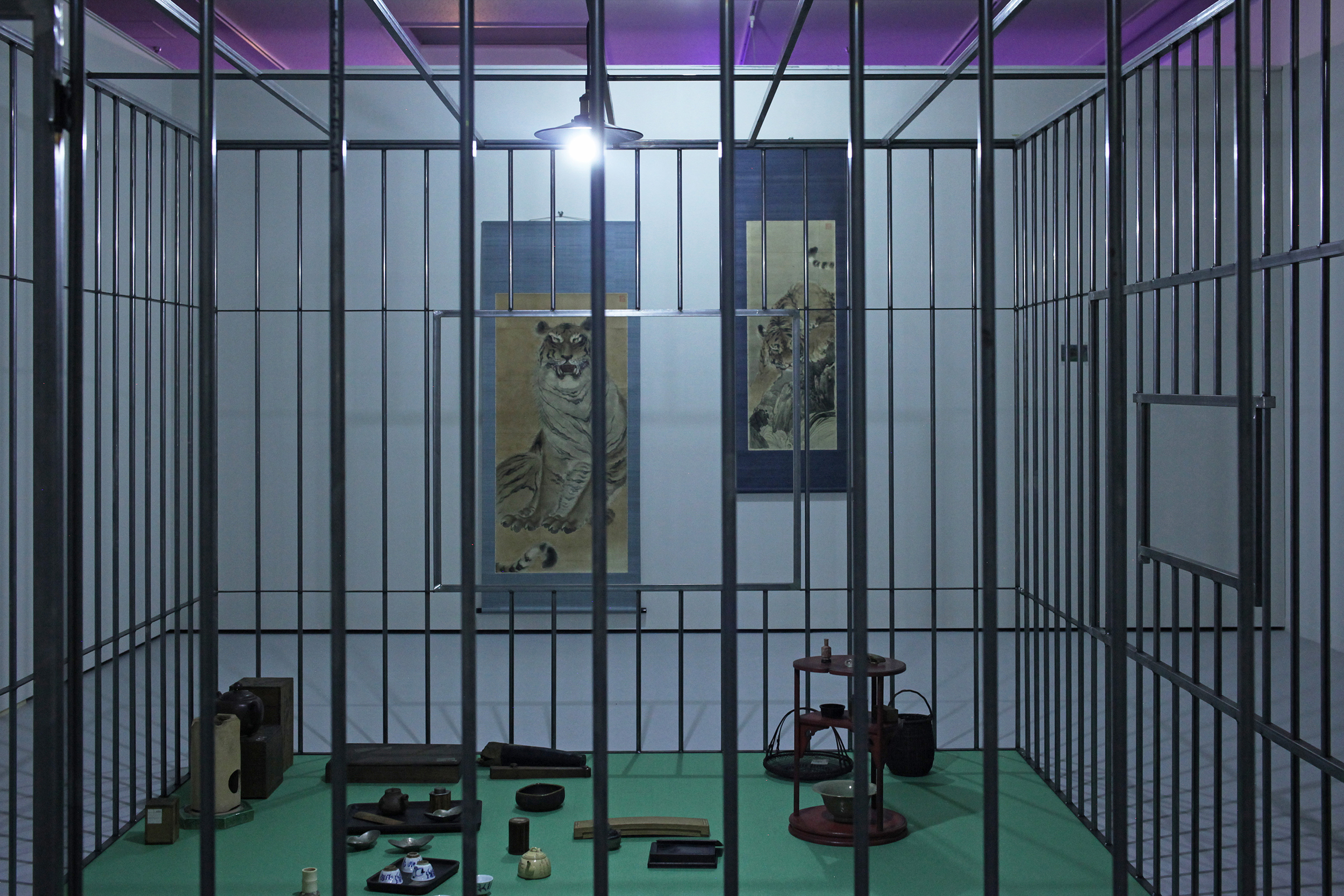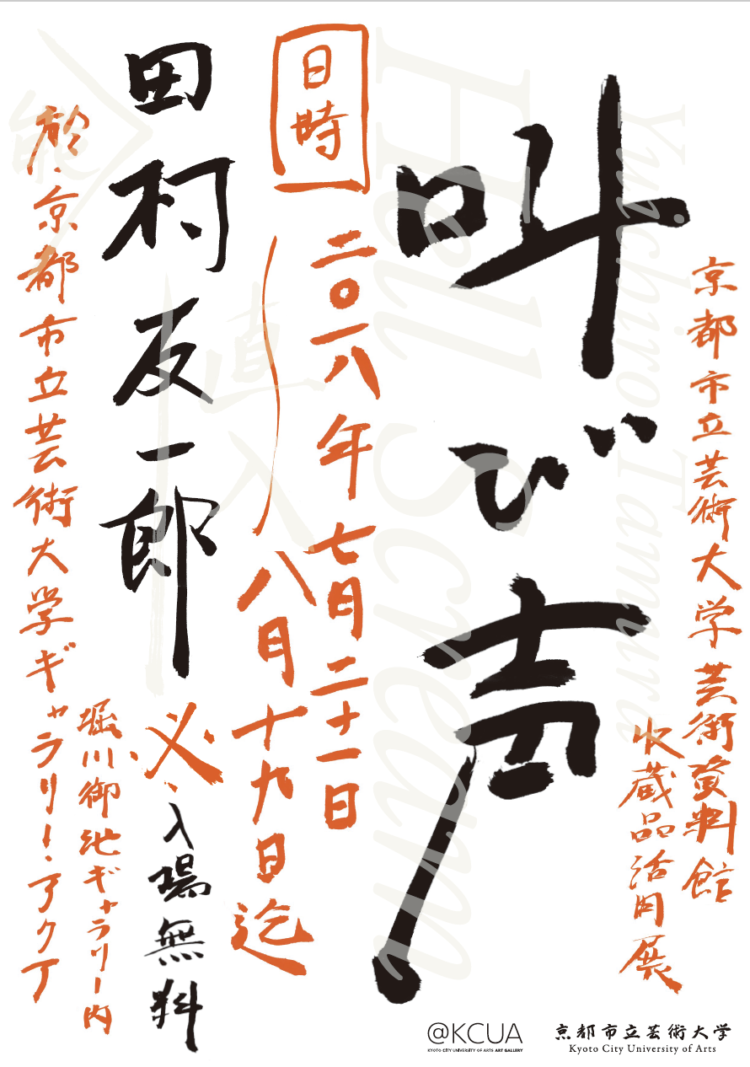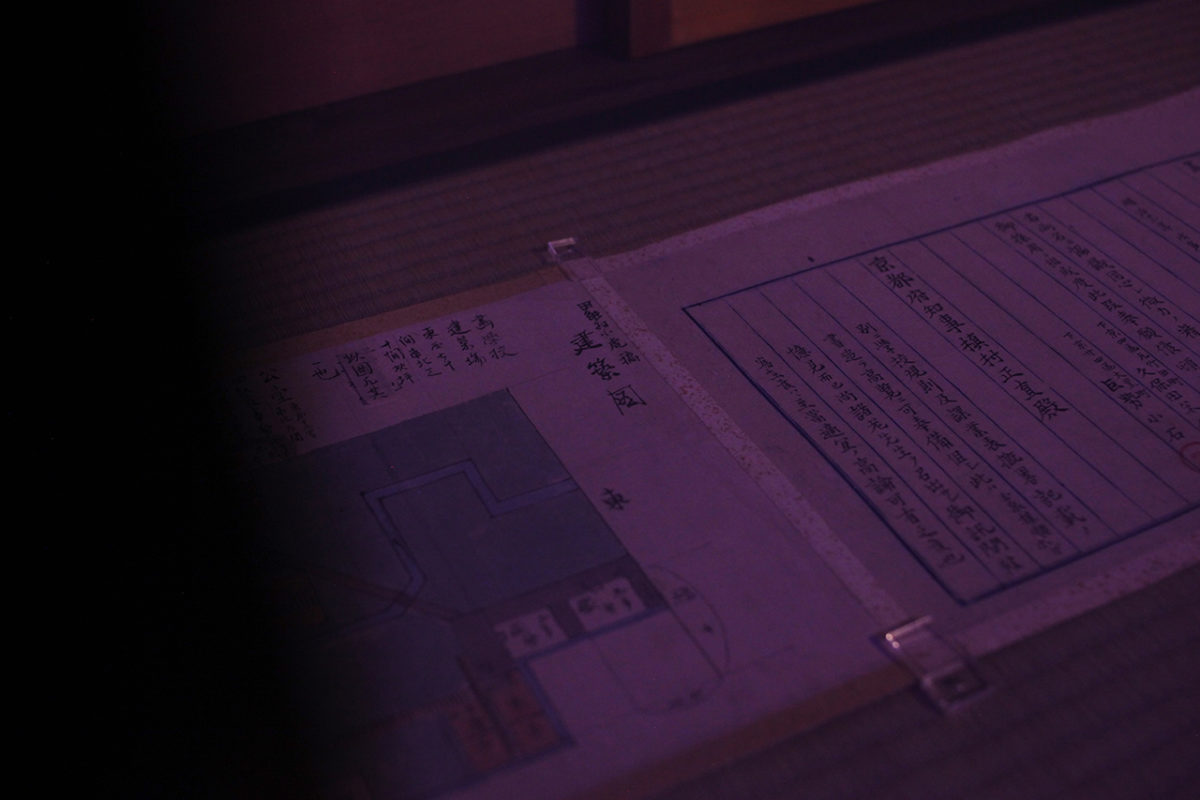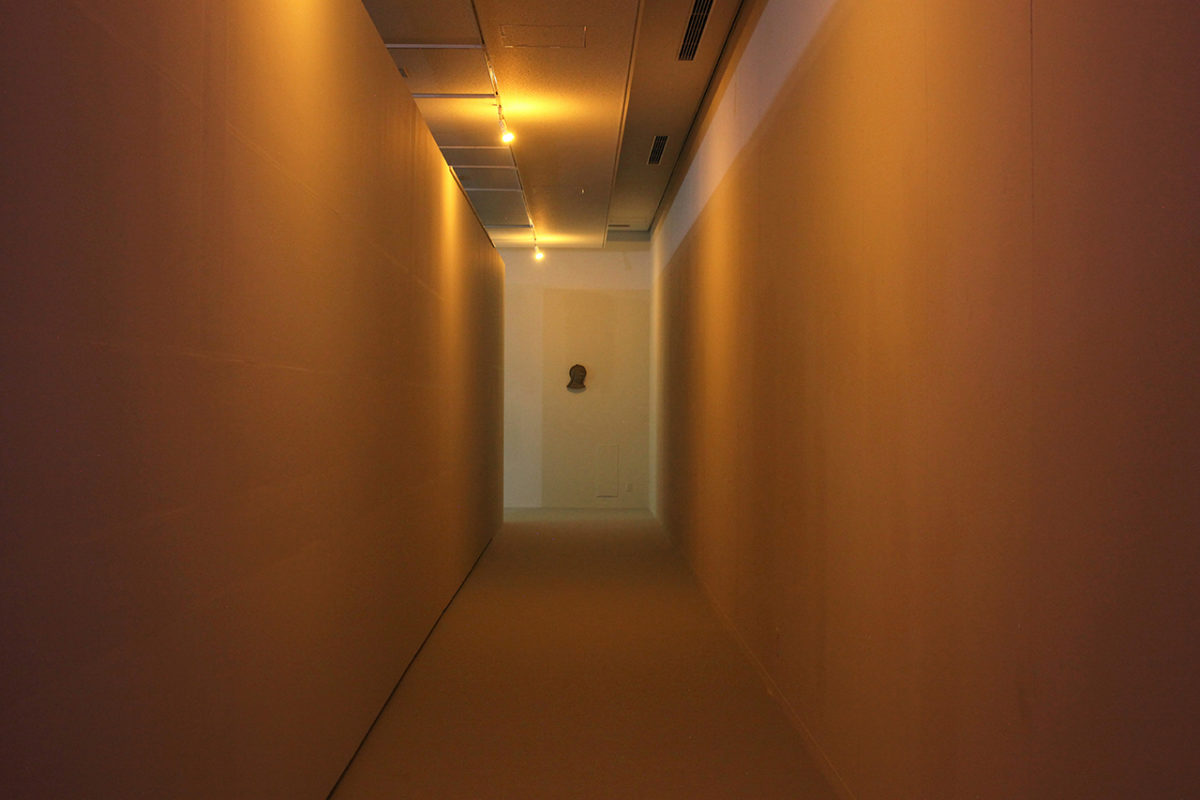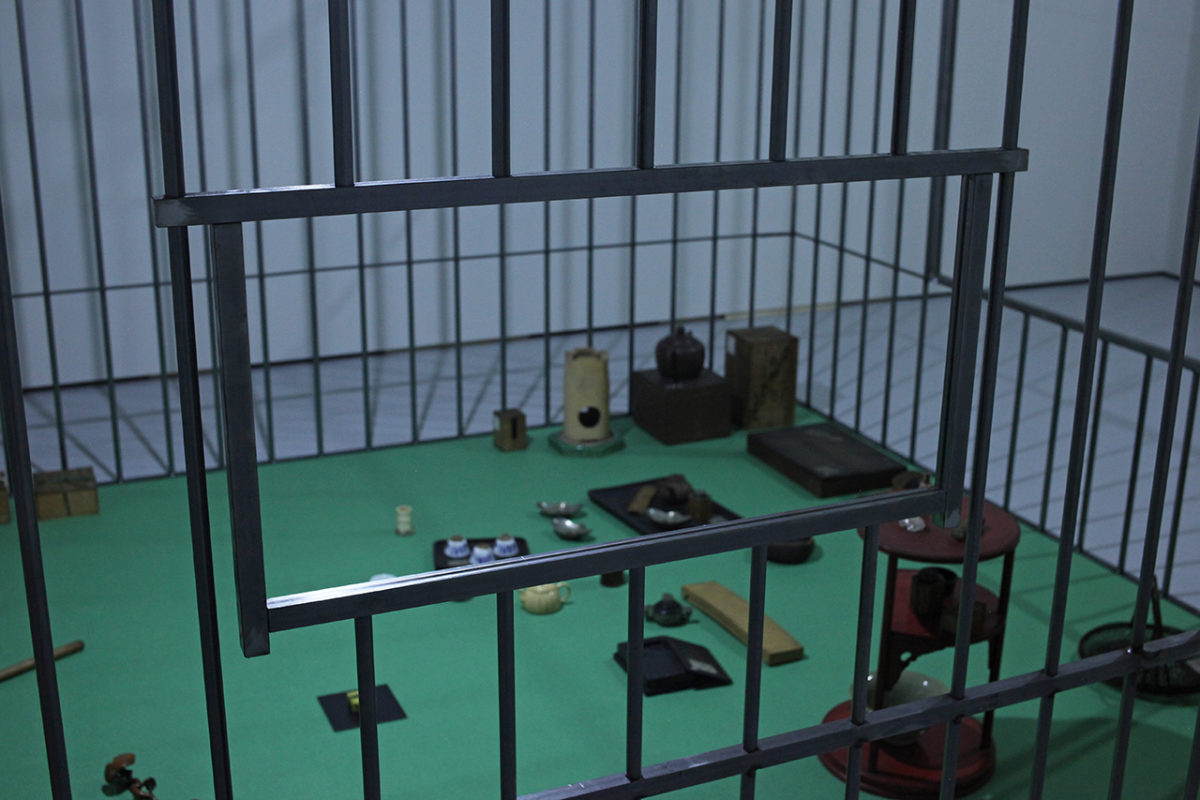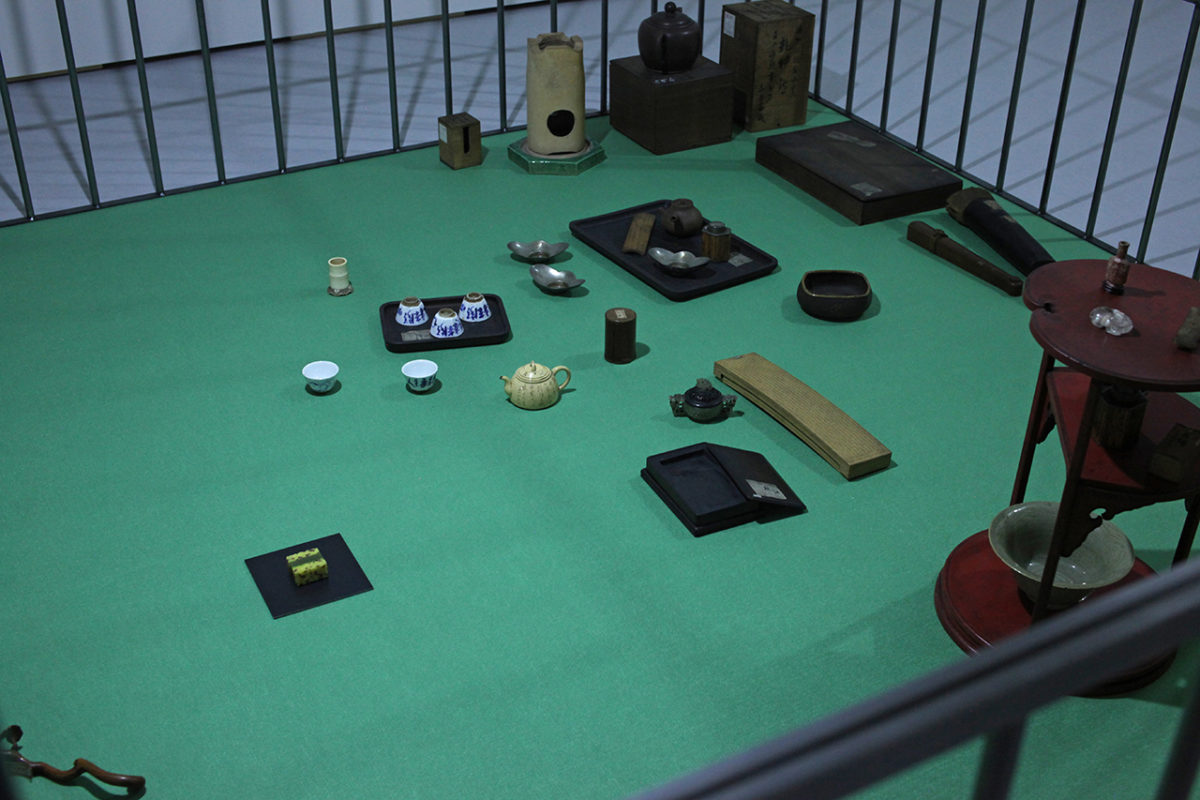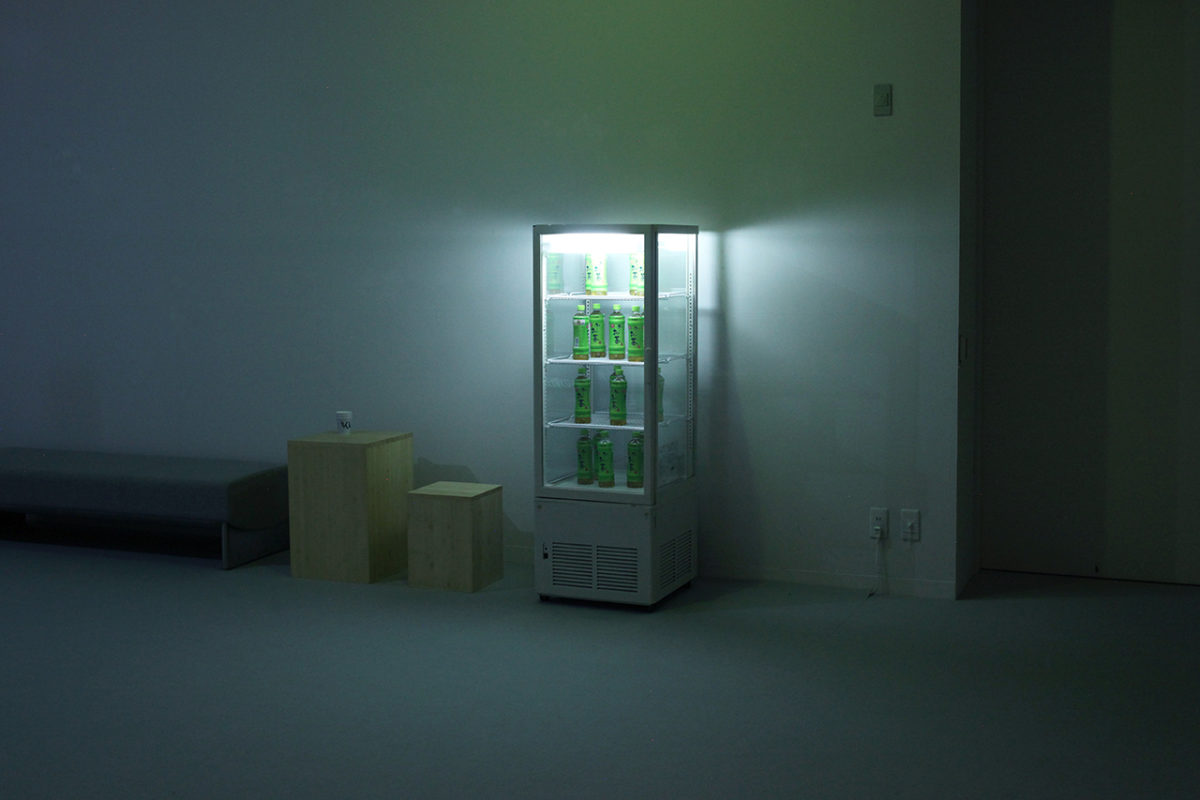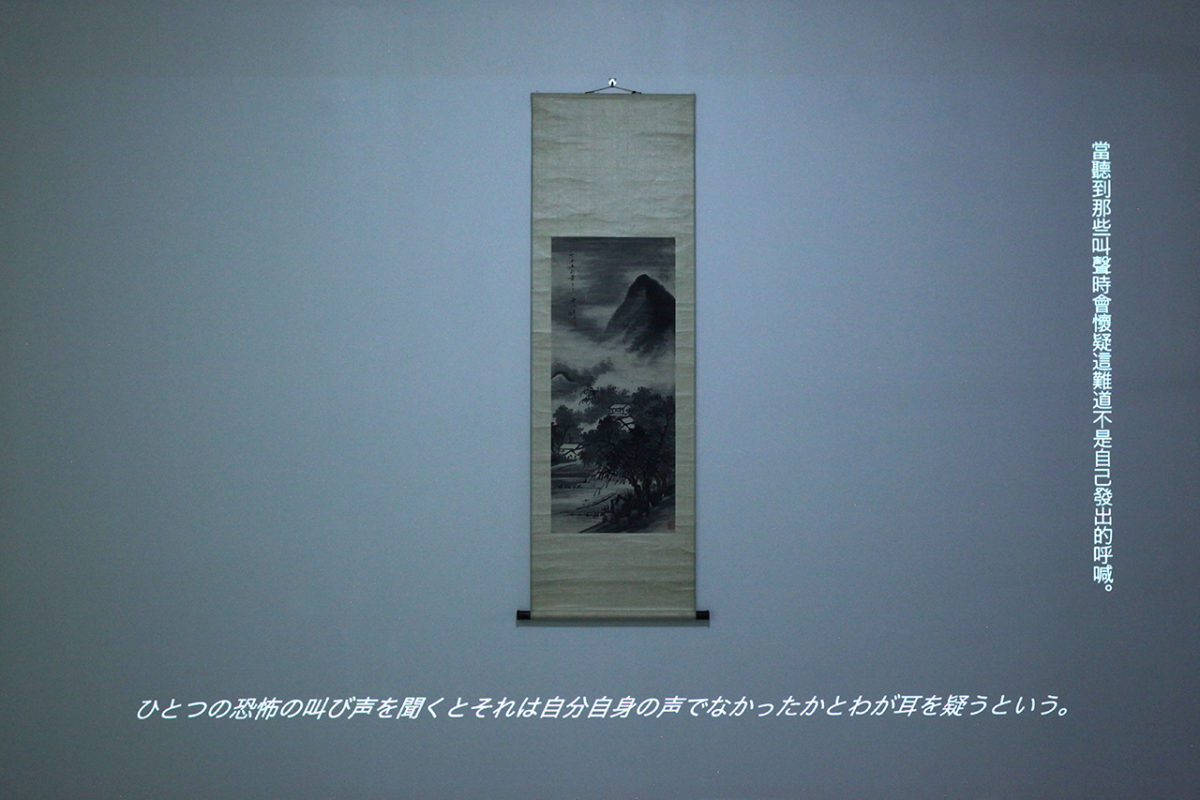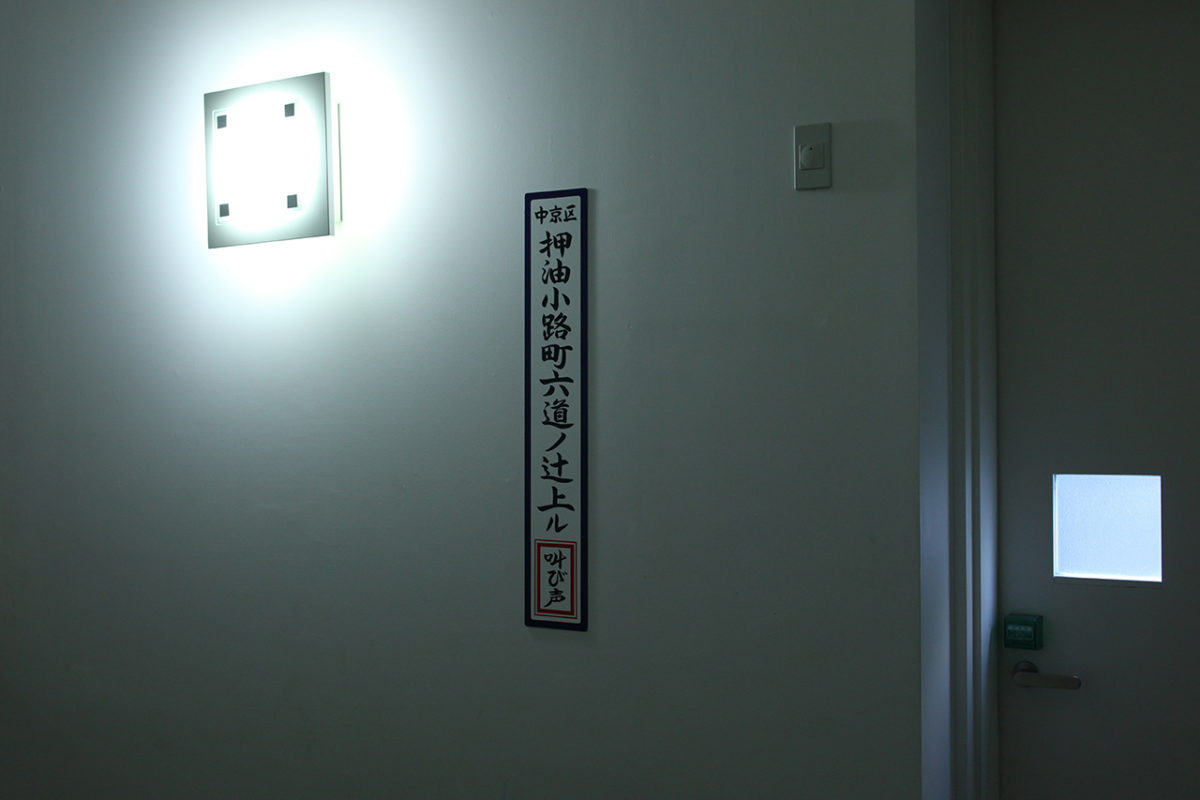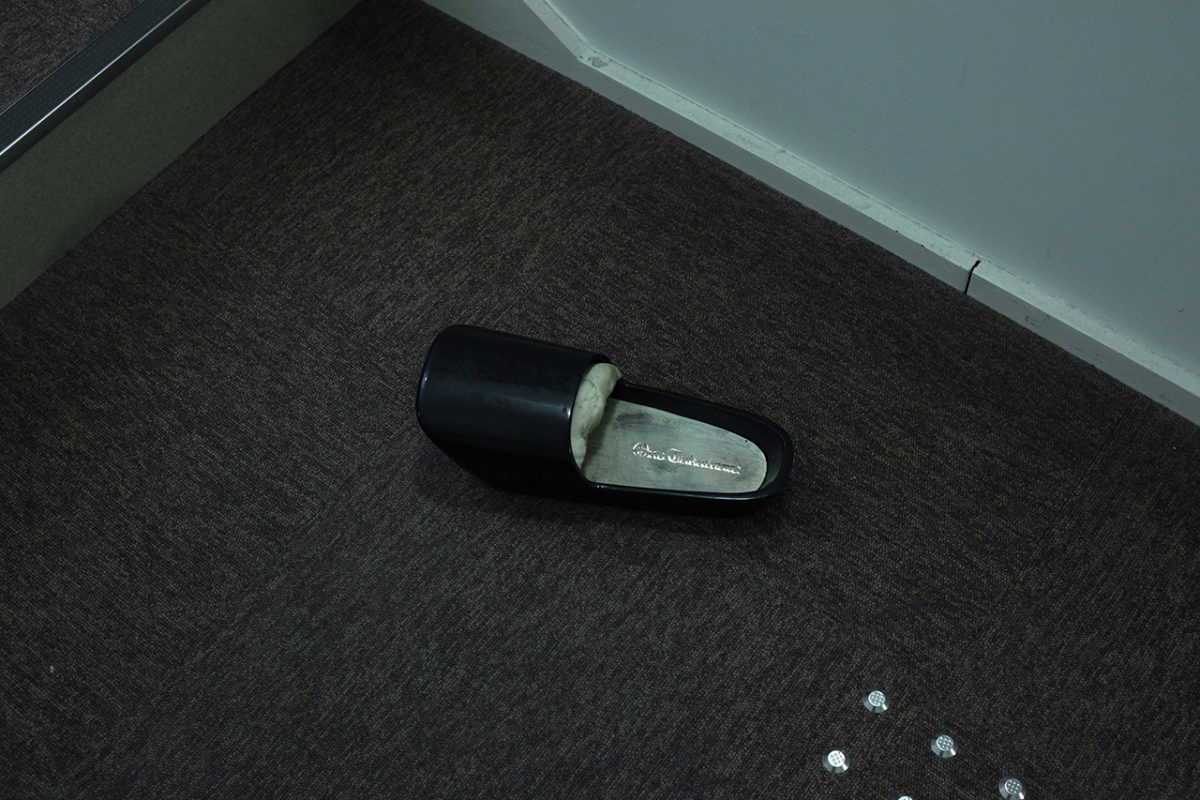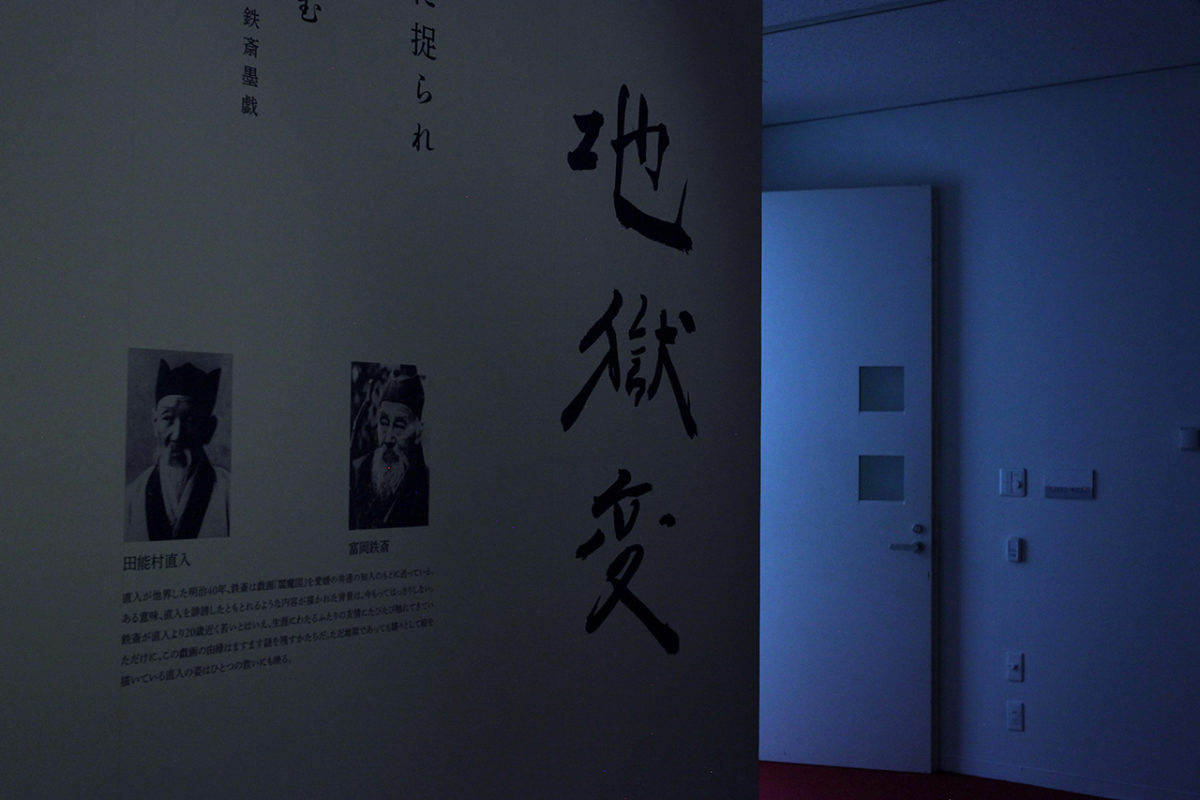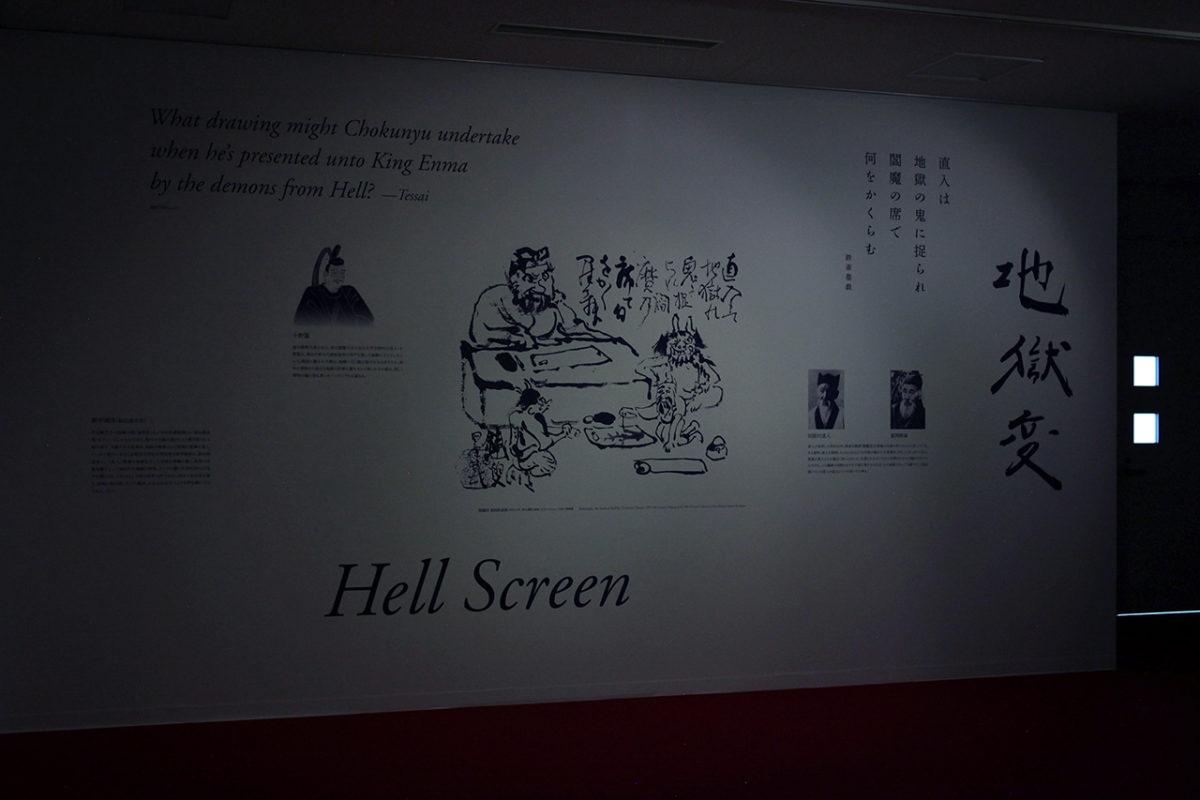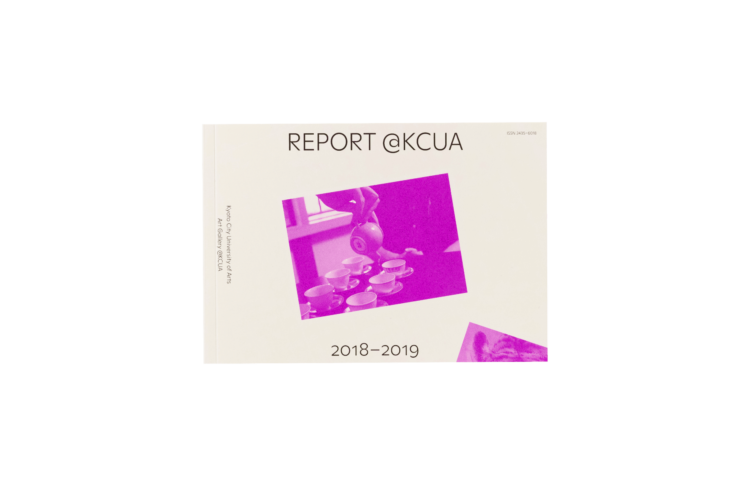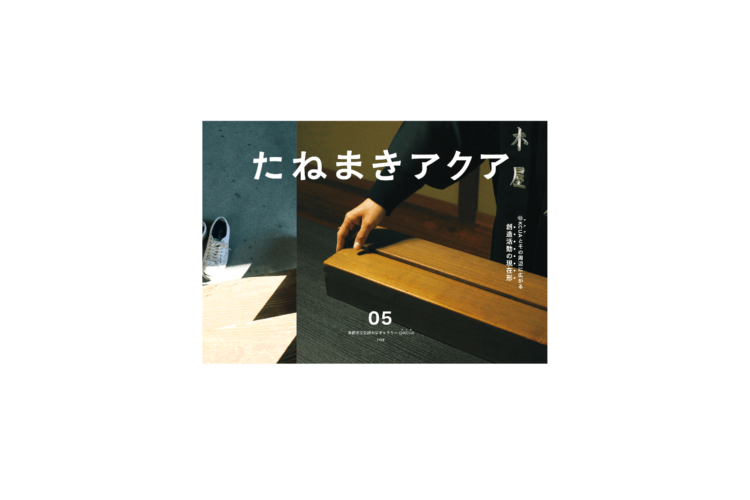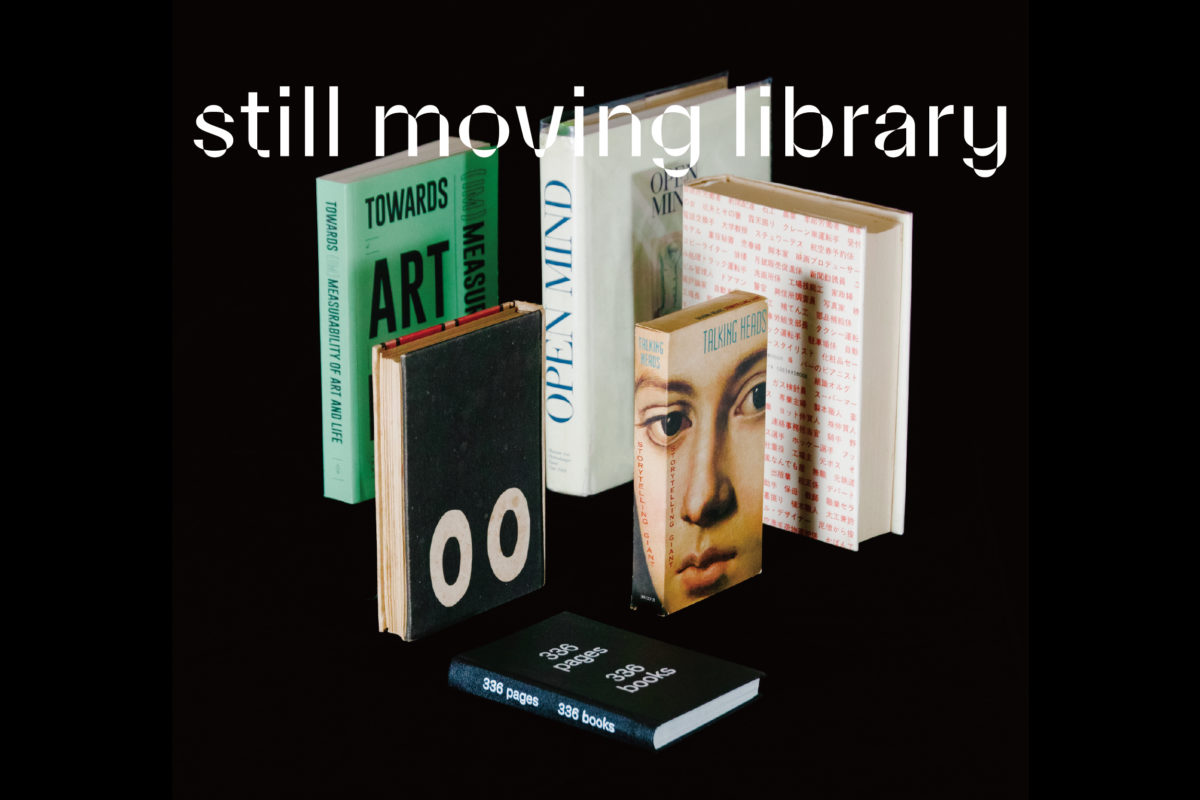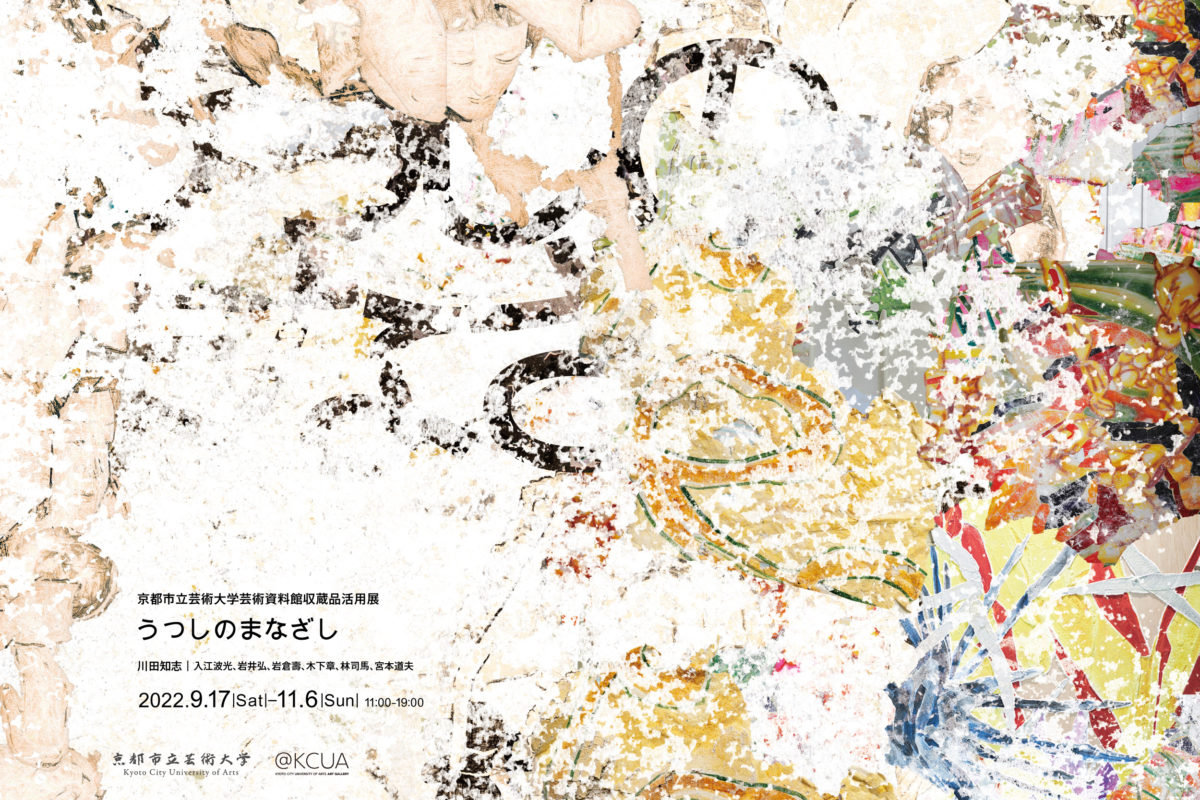SPECIAL EXHIBITIONS
Meiji 150-nen: Kyoto no kiseki Project
With Works from the Collection of the Kyoto City University of Arts Art Museum
Yuichiro Tamura: Hell Scream
Since the Kyoto Prefectural School of Painting – the present Kyoto City University of Arts – was founded in 1880 (Meiji 13), Kyoto City University of Arts has played a central role as an international hub for Japanese arts. The university and its previous incarnations have inherited, upheld, and renewed traditional arts over the past 138 years, and count among their alumni many world famous artists. Kyoto City University of Arts Art Gallery @KCUA invited artist Yuichiro Tamura as a collaborator for the exhibition, which was held as part of Kyoto City’s Meiji 150-nen: Kyoto no kiseki Project, commemorating the 150th anniversary of the beginning of the Meiji period (1868–1912). In Tamura’s works, he samples not only images that he has taken himself but also preexisting footage, coaxing unique relationships out of them in order to create new landscapes. In recent years, he has focused on the approach to various sites and places, and produces his works based on elaborate research – or, as he prefers to call the process, “search” – of reading into their history and context. For this exhibition, he chose to focus on the painter Chokunyu Tanomura, one of the founders of the Kyoto Prefectural School of Painting, who is also known for his contributions to the advancement of the sencha tea ceremony. By tracing Chokunyu’s footsteps to spin a new tale, Tamura and @KCUA presented a singular “staging” of the collection of the Kyoto City University of Arts Art Museum.
- MORE
- Artists
- Yuichiro Tamura
- Venue
- Kyoto City University of Arts Art Gallery @KCUA
- Rooms
- @KCUA 1, 2
- Period
-
26 days
(2018.7.21 Sat.–2018.8.19 Sun.)
- Curated by
- Kyoto City University of Arts Art Gallery @KCUA
- Organized by
- Kyoto City University of Arts
- With additional funding from
- The Mitsubishi UFJ Trust Cultural Foundation
- With the cooperation of
- Kinosaki International Arts Center
The Museum Yamato Bunkakan
Rokudouchinnou-ji Temple
Sayuu
Tank
Yuka Tsuruno Gallery
- Contact
-
Kyoto City University of Arts Art Gallery
Phone: +81-(0)75-585-2010
Please send your inquiry from the form.
Resource
Installation Views
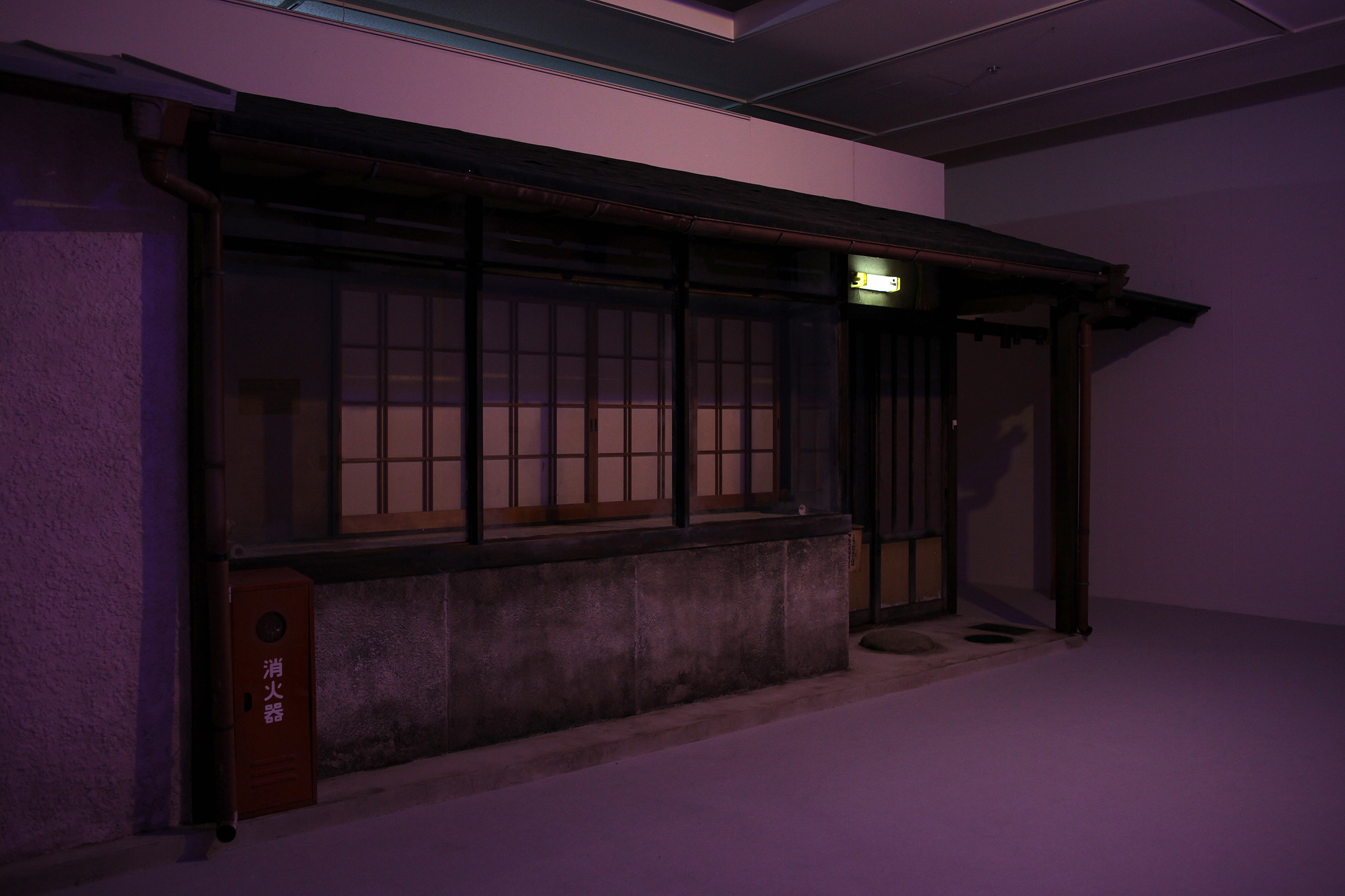


Artist Profiles
Artist Profiles
- Yuichiro Tamura
- Born 1977 in Toyama. Lives and works in Kyoto.
Tamura holds a doctoral degree from the Graduate School of Film and New Media, Tokyo University of the Arts, and a Bachelorʼs degree of Photography from Nihon University. He was a guest researcher for the Institut für Raumexperimente at the Berlin University of the Arts (2013-14). Tamura’s work centers on installations and performances derived from existing images and objects. Using a uniquely reflective approach that transcends traditional artistic genres, Tamura not only sets out to convey a message to visitors from the privileged world of contemporary art, but also invites an unusual form of communication with the viewer. Tamura creates multilayered narratives, containing a mixture of fact and fiction, based on a wide range of sources from indigenous historical themes to well-known popular subjects. His recent exhibitions have included the solo shows Milky Mountain (Govett-Brewster Art Gallery, New Zealand, 2019), Hell Scream (Kyoto City University of Arts Art Gallery @KCUA, Kyoto, 2018) and G (Yuka Tsuruno Gallery, Tokyo, 2018), and the group shows Asian Art Biennial (National Taiwan Museum of Fine Arts, Taichung, 2019), Image Narratives: Literature in Japan (National Art Center, Tokyo, 2019), The Seven Lamps of the Art Museum (Hiroshima City Museum of Contemporary Art, Hiroshima, 2019), Where Am I?: The Art and Design of Signage (Toyama Prefectural Museum of Art & Design, Toyama, 2019), and Roppongi Crossing 2019: Connexions (Mori Art Museum, Tokyo, 2019), Busan Biennale (Museum of Contemporary Art Busan, Korea, 2018), Nissan Art Award 2017 (BankART Studio NYK, Yokohama, 2017), 2 or 3 Tigers (Haus der Kulturen der Welt, Berlin, 2017) and BODY/PLAY/POLITICS (Yokohama Museum of Art, 2016).

